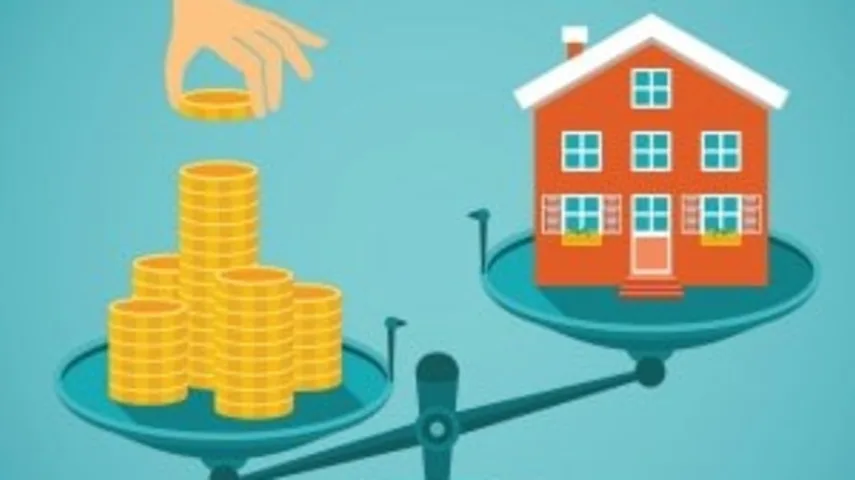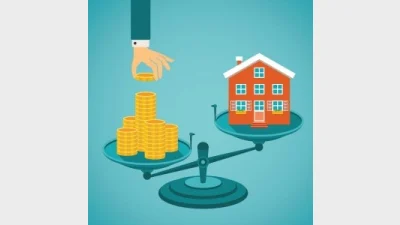Aussie households managing debt well



Australian household finances are in good shape despite increased housing related borrowings, according to the Australian Bankers' Association (ABA).
Thanks to low interest rates the value of housing related borrowings has increased by 7.3 per cent to $1.5 trillion, and the average household is more than two years ahead on their mortgage repayments, the ABA said in its household borrowing report.
"The trends that we are seeing across a range of household financial measures show that households are equipped to cope with increased borrowings," ABA executive director for industry policy, Tony Pearson, said.
"They are building resilience into their finances by increasing mortgage buffers and reducing the amount of interest paid on their credit card balance."
The report found although there was an increase of 3.5 per cent on credit card limits and a rise of 2.9 per cent in the total balance outstanding on credit cards over the year to March 2015, the balance accruing interest fell by 2.0 per cent. This represents the third year of decline.
"Households continue to save and are managing their finances well. While households are now increasing their borrowing faster than income, this increase in borrowings is being more than matched by an increase in the value of household assets," Pearson said.
"Every dollar of household debt is match by almost $6 of assets."
Recommended for you
The top five licensees are demonstrating a “strong recovery” from losses in the first half of the year, and the gap is narrowing between their respective adviser numbers.
With many advisers preparing to retire or sell up, business advisory firm Business Health believes advisers need to take a proactive approach to informing their clients of succession plans.
Retirement commentators have flagged that almost a third of Australians over 50 are unprepared for the longevity of retirement and are falling behind APAC peers in their preparations and advice engagement.
As private markets continue to garner investor interest, Netwealth’s series of private market reports have revealed how much advisers and wealth managers are allocating, as well as a growing attraction to evergreen funds.











